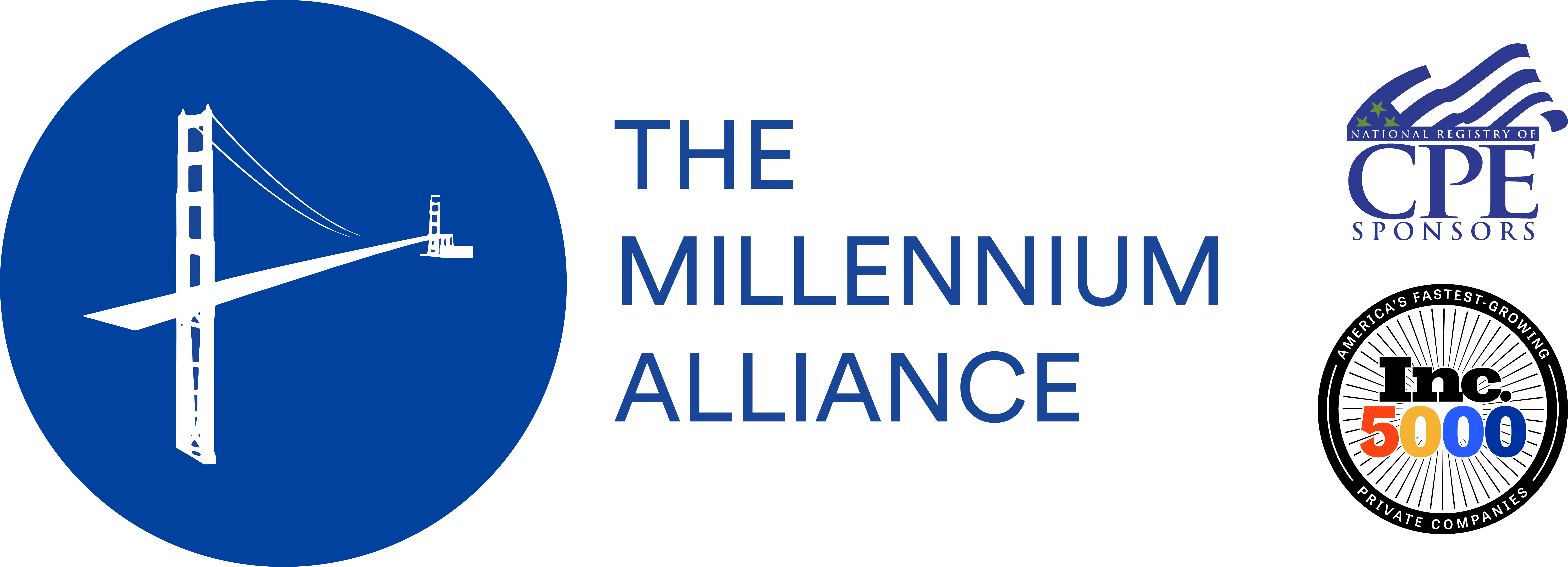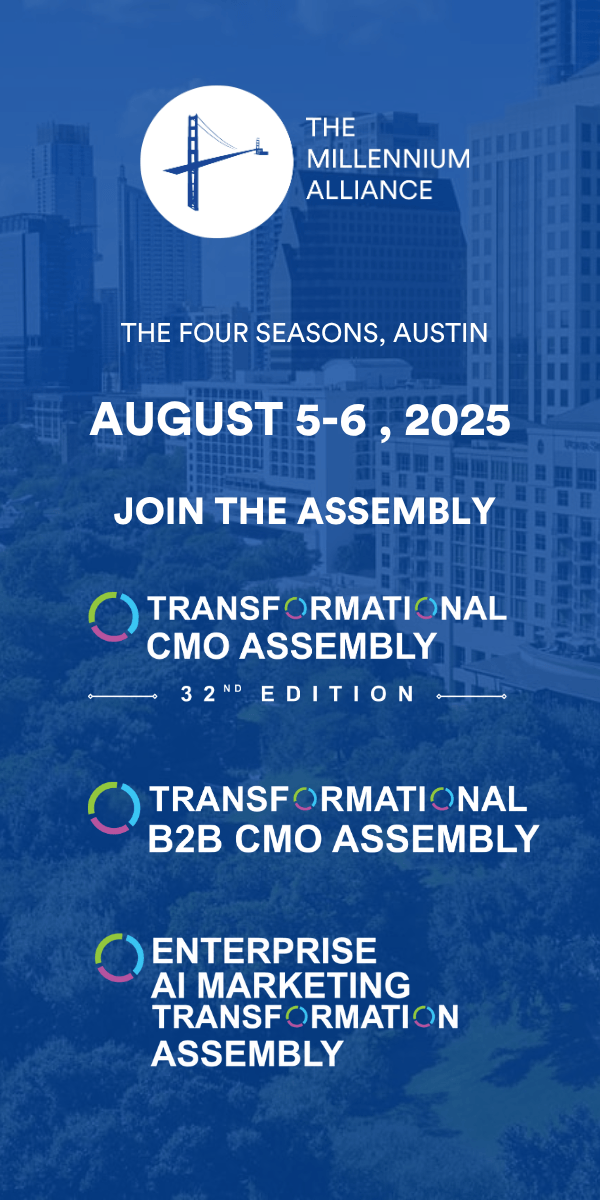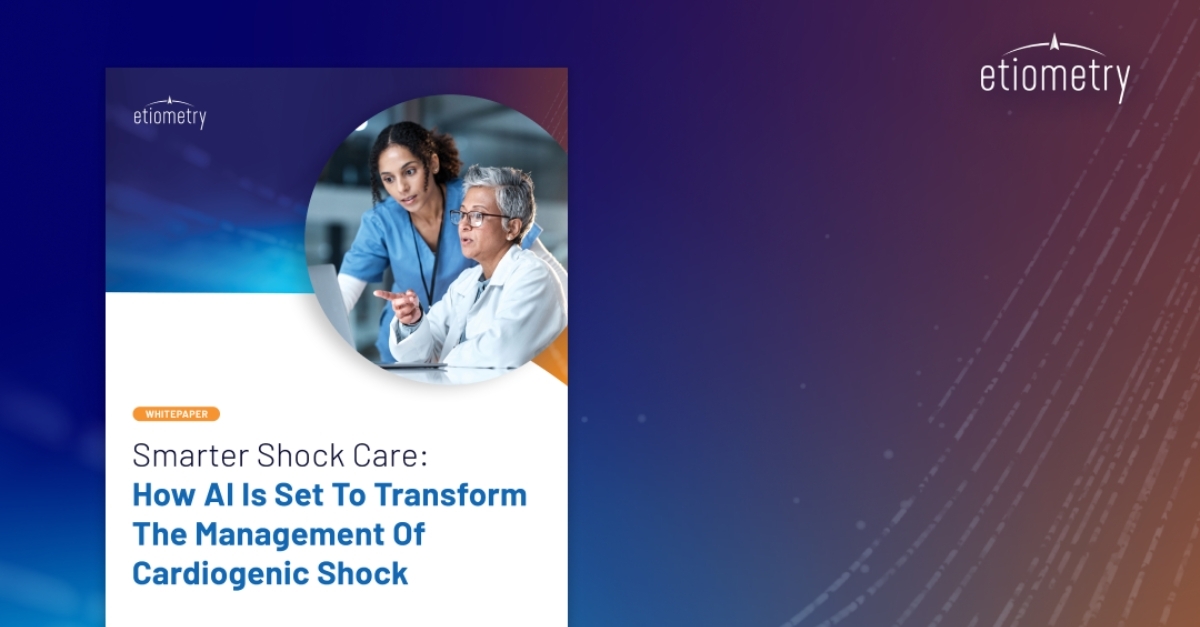In December 2017, CVS announced that it intended on acquiring Aetna for $69 billion dollars. Last Wednesday, news broke that The Justice Department approved CVS Health’s bid to acquire insurer Aetna in a deal that could reshape how many Americans get basic healthcare. This merger brings together the largest pharmacy chain in the US with a major healthcare insurer, setting the record for one of the largest healthcare deals of all time.
The news of the CVS-Aetna merger paves the way for a potential to cut U.S. healthcare costs for consumers and to turn more of its locations into front-line clinics for basic medical services and patient monitoring. This deal will “dramatically further empower consumers,” Aetna’s Mark Bertolini said, with Larry J. Merlo, president and CEO of CVS Health, adding that it will “create a platform that is easier to use and less expensive for consumers”. By deepening its knowledge of relationships with patients, CVS said the combination could help Americans stick with medication regimens and hopefully, stay out of the hospital.
Where It All Began
Every healthcare executive knows that CVS Health is a company at the forefront of changing the healthcare landscape and that Aetna is one of the nation’s leading diversified healthcare benefits companies. Last December, when these two powerhouse companies announced the execution of a definitive merger agreement in which CVS Health would acquire all outstanding shares of Aetna for a combination of cash and stock, it gave a new energy to the sector. With the opportunity to remake the healthcare experience for everyone, this transaction fills a glaring need in the current healthcare system and presents the unique opportunity to redefine access to high-quality care for a lower cost.
With that in thought, the CVS-Aetna journey began with the patient in mind. “With the analytics of Aetna and CVS Health’s human touch, we will create a healthcare platform built around individuals. We look forward to working with the talented people at Aetna to position the combined company as America’s front door to quality health care, integrating more closely the work of doctors, pharmacists, other healthcare professionals, and health benefits companies to create a platform that is easier to use and less expensive for consumers.” Larry J. Merlo says. After all, it had been perceived that Aetna did not need to merge with CVS to exploit its analytics since it already has data in hand to help its customers manage their health needs. Nevertheless, the announcement claims the merger will end up helping patients avoid unnecessary hospital readmissions, the main motivation behind the merger in the first place.
Before the merger was approved last Wednesday, it was in talks for a long time. First reported by The Wall Street Journal in December of 2017, it was from that moment on that the lines between traditional segments in healthcare started to blur and the floor was open for radical change in the sector.
Motivations Behind the Merge
The approval of this merge sparked numerous conclusions as to why CVS Health pursued this deal with Aetna. However, it can be simply put to three key reasons: Cost cutting, expanded services, and to stay ahead in the race with Amazon.
After the addition of Aetna’s 22 million insured and millions of prescription drug plan members, CVS could yield more customers into its stores for more routine ailments other than flu shots, and maybe most importantly, away from the costly visits to the emergency room.
“There are certainly savings to be realized in preventing the worsening of chronic conditions, but the true savings are further upstream where we have the opportunity to impact people by preventing them from developing these conditions in the first place.” Says Associate Dean & Associate Professor Pierre Vigilance of the Milken Institute of Public Health at George Washington University.
With this initiative, CVS aims to cut costs by at least $750 million annually by the end of the second year after the deal closes. This is, in part, because the pharmaceutical drug landscape involves so many middlemen. The five major players in the “middlemen sector” include drug manufacturers, wholesalers, pharmacies, insurers, and pharmacy benefit managers (PBMs). These PBMs serve as middlemen between manufacturers and insurers and usually work for employers and health plans to select which drugs are covered and negotiate those discounts. That being said, the obvious benefit of this merger is that it would keep much of the money from changing hands under the same parent company, leading to the sought-after cuts in those high costs.
“Improving access to care is a population health imperative that should be shared by a diverse array of partners, so given their respective expertise and market-share, this CVS and Aetna merger makes sense.” Vigilance adds.
The marriage of the two healthcare giants underscores a wider trend toward consolidation in the healthcare sector, with many analysts stating the CVS deal is likely to spark more acquisitions in throughout the industry. The Justice Department’s announcement follows a decision last month by regulators to bless a similar PBM deal involving the insurance company Cigna and Express Scripts.
“It’s another step towards retail medicine and the incorporation of health and wellness into everyday life. But the shift can also push medicine and pharma to explore the tremendous opportunities that live in science and technology and move away from their preoccupation with consumer-centricity.” John Nosta, President of NostaLab
In other words, these deals are what everyone else in the healthcare space is doing right now, but the CVS-Aetna merger is just on a grander scale.
The Public Reaction
Surveys show that the public is optimistic about the industry’s efforts to reshape healthcare. While most agree the merger is a sign of the future, the debate is whether consumers will benefit from the data gained by the combination of pharmacy and benefits business, or from lower prescription drug prices. In the past, The American Medical Association has worked to block the deal because it believes the merger is not in the best interest of patients. Along with the AMA, New York state officials recently announced that they are considering blocking parts of the merger, jeopardizing billions of dollars in insurance premiums for Aetna. They said the promise of cost-cutting is meaningless unless they produce evidence that they could deliver on that promise. Also, they believe the merger would limit competition and drive up the cost of prescription drugs, enhancing the burden of the consumer rather than alleviating it.
“Unless CVS-Aetna truly set out to design and dedicate this new entity for the purpose of supporting the new risk bearer, aka “We the people”, by creating effective consumer-serving programs and tools; First and foremost, this merger will be nothing more than a glorified “bought distribution strategy” that didn’t work out as planned.” Says Rahul Dubey, Founder & CEO of AHIP Innovation Lab.
Nevertheless, the merger creates an optimism that the healthcare sector has never seen before. With Aetna and Cigna and Humana copying the approach in their own ways, competitive pressures could force more of those financial returns back into the wallets of consumers — starting with this merger.
However, a looming question remains in this merger: What does this mean for consumer choice? When the dust clears, this could change where people get their care, how they get their drugs and how much choice they have, which is monumental from the perspective of the consumer. This is because when industry executives reflect on the history of mergers, what they have previously seen are mergers in the sector have that only benefited the companies, but not necessarily the consumers.
Larry Delo, CEO of CVS Health comments, “There’s no question that, when you’re in the physician’s office in the exam room or at the hospital, no question about being a patient under the direct supervision of a physician. You’re counting on he or she with which to diagnose, treat, create that plan.” From Delo’s perspective, he believes that is where the opportunity lies to play an important role in terms of helping people achieve their best health.
“We’re leaving too much up to what happens with the individual, where they now become that consumer of health care, where they’re now responsible for following that care plan, accessing the resources that they need.” In doing so, CVS Health believes that they can reduce the cost of care today and give power to the consumer in their choices in regard to their health. However, as significant as this merger may be, it is difficult to gauge how much sway it will hold over the lives of individual consumers until the deal is implemented. Although the experts believe the potential for harm to consumers from this merger could outweigh any gains in this merger, it gives up a glimpse into how healthcare will reform and restructure in the upcoming years.
Beyond the Merge: What is the Road Ahead?
The Aetna-CVS mashup is just the latest tectonic shift in the healthcare industry. With that, healthcare executives are asking, what does this mean for the future?
First and foremost, by offering services like in-store medical exams and counseling on chronic conditions, the merger could have the capacity to cut the bulk of healthcare spending. Thanks to the focus on better data sharing within the merger, patients released from the hospital could stop by CVS to get a grip on understanding their medications, something CVS and Aetna say will reduce the chance they will be readmitted in the future.
What remains on people’s minds as we head into the future of the merger is competition from Amazon. Like nearly all retailers, drugstores are facing competition from online sellers like Amazon as they enter into the pharmacy ring. Since they are all designed to cater to customers who use the clinics and also purchase items in the store, the potential of Amazon entering the space looms large, as it could change the behaviors of their customers and provide simpler and cheaper treatment options. However, the industry remains optimistic.
“This merger is going to have lasting impact on the industry. Aetna will have a front door into communities with CVS having 9,800 retail stores. And I expect the number of Minute Clinics to grow substantially from the 1,100 they operate today. This will also help CVS in negotiations with drugmakers over drug prices, and as they negotiate benefit management with large employers. Overall, I see this as a very positive move.” Brian Ahier, Senior Strategic Planner of Health Catalyst
The deal comes at a time when healthcare is fluid and improving the experience of the patient at every turn. The powerful alliance of CVS and Aetna clears the path for others to follow suit, encouraging a future of low costs, better patient engagement, and higher patient satisfaction. The monumental deal is expected to close by the end of the year.














